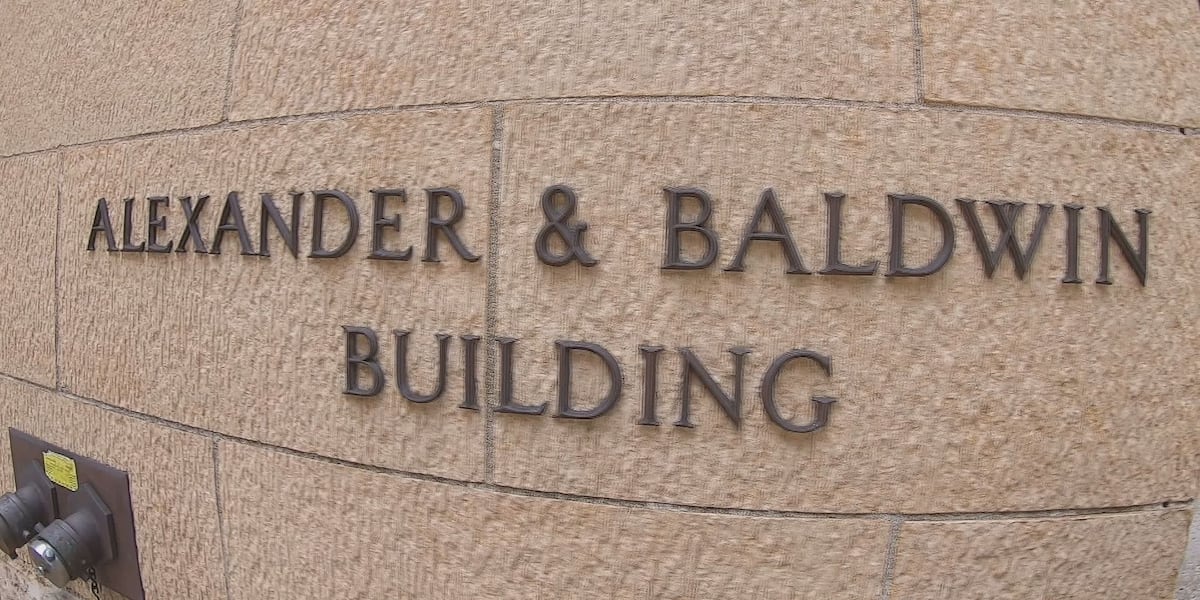T
he Allure of Diversification: A Double-Edged Sword
Investors often tout diversification as a key to unlocking better risk-adjusted returns, but the reality is that building a diversified portfolio can be a daunting task. While some asset classes are touted as reliable diversifiers, they may not live up to their reputation in practice.
Real estate investment trusts (REITs), for instance, were once seen as a safe haven during market downturns. In the early 2000s, REITs' correlations with the broader US equity market plummeted to as low as 0.10. However, this trend has reversed in recent years, making REITs less effective at shielding portfolios from bear-market declines.
High-yield bonds, another popular diversifier, have a unique characteristic that sets them apart from investment-grade bonds: they're less sensitive to interest-rate movements. This makes them an attractive addition to bond portfolios seeking diversification benefits. However, their correlation with stocks is relatively high, and they tend to suffer during periods of economic weakness.
Cryptocurrency, the newest kid on the block, has been touted as a non-traditional asset class that can provide unparalleled diversification benefits. With its extremely low correlation with other major assets, cryptocurrency seemed like a game-changer. However, its extreme performance swings have made it more of a risk amplifier than a reliable diversifier.
The takeaway from these examples is that correlation metrics are not set in stone. Assets that were once great diversifiers may no longer be so, and even those with low correlations can still pose significant downside risks. As investors, we must remain vigilant and adapt to changing market conditions to ensure our portfolios remain diversified and resilient.














